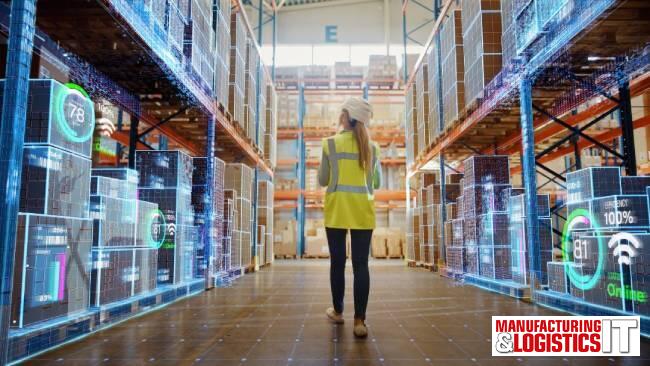By Craig Summers, Managing Director UKI, MEA & Nordics, Manhattan Associates.
‘Permacrisis’ has become such a talked about topic over the last four years that it has entered the common vernacular; so much so that in 2022, it was actually voted Collins Dictionary’s word of the year.
Signifying an extended period of instability and insecurity, especially one resulting from a series of simultaneous catastrophic events, the term Permacrisis summed up 2022 aptly and continues to resonate in 2024 too.
Philosophers have long defined a crisis as a situation that forces an individual or group to a moment of thoughtful critique – to a point where a new path is mapped out in relation to some issue of pressing concern. The advances and shifts in supply chains would certainly bear out this assertion.
Last year, almost 24,000 vessels took the passage linking the Mediterranean and Red Sea, carrying about 12% of global trade and 30% of global container traffic; it also carried 40% of Asia-Europe trade. The Red Sea shipping lanes, along with The Suez and Panama canals, are vital arteries of trade for the entire globe.
According to the Kiel Institute, global trade declined by 1.3% from November to December last year as a result of militant attacks on merchant vessels in the Red Sea; the recent disruption and the increasing regional tension in the Middle East, is once again a sharp reminder that supply chain resilience should not be taken for granted.
Below are three important considerations for all supply chain directors looking to shield their operations, employees, and brands from the effects of Permacrisis in 2024:
1. Commerce with confidence
In retail, customers are consistently upping the ante on retailers. When consumers enjoy a new capability offered by one retailer, they expect others to quickly implement a similar experience. Creating a single, seamless customer and associate experience with software that unifies online, mobile, and in-store commerce is vital when providing your teams with more inventory visibility, sales and customer preference data.
2. Perfect planning prevents poor performance
Applying insights to inventory strategies across every selling channel your brand operates in is absolutely crucial to maximising profits and minimising waste in all its forms – time, money and environmental. Solutions that provide predictive and autonomous optimisation of your global inventory network will benefit P&Ls and the planet, all at the same time.
3. Consolidation and execution
The unification of technology is key to navigating increasingly challenging digital landscapes. By consolidating all distribution, labour, automation, transportation, and yard management in a unified cloud-native solution you can ensure that your supply chain execution continuously adapts and scales to meet your business needs and your business challenges.
Today, supply chain leaders are confronted with the twin challenges of having to adapt to rapid technological advances on the one hand, while having to mitigate against the impacts of ongoing and often, unpredictable global volatility on the other.
From labour management and employee engagement, to supply chain planning and execution, business and supply chain leaders are increasingly having to become futurists and macroeconomic analysts as well. At a time where there are more business, technology, geopolitical, societal and environmental challenges than ever before, building agility and resilience into supply chain strategies has never been more important for delivering continued efficiency, profitability and continuity.



